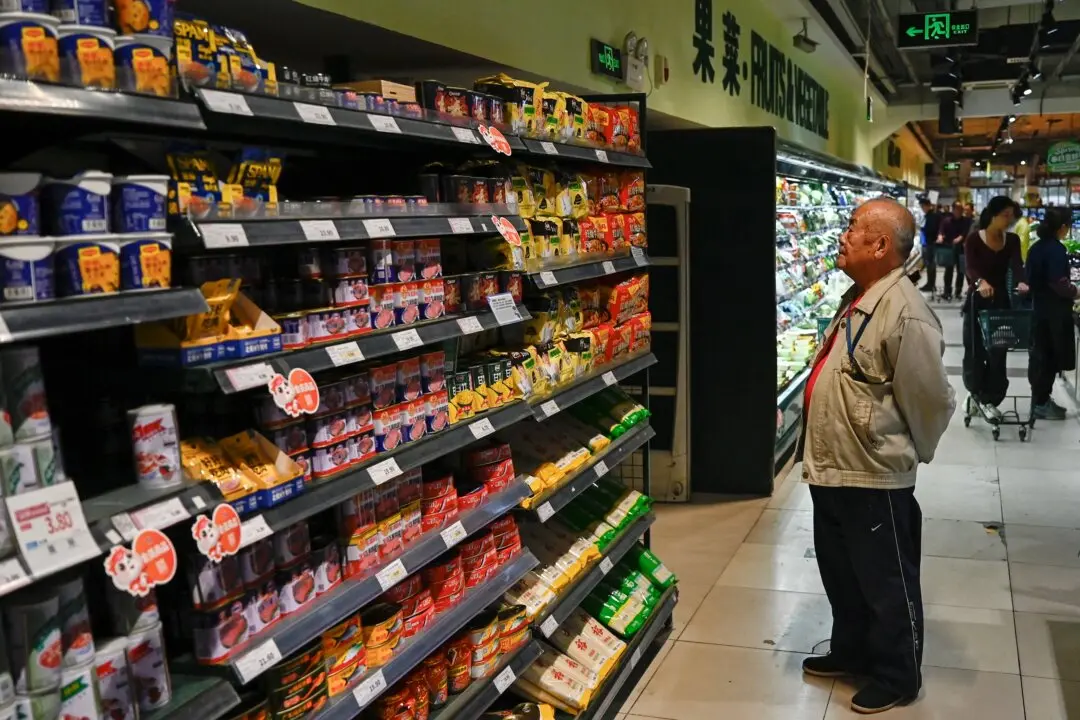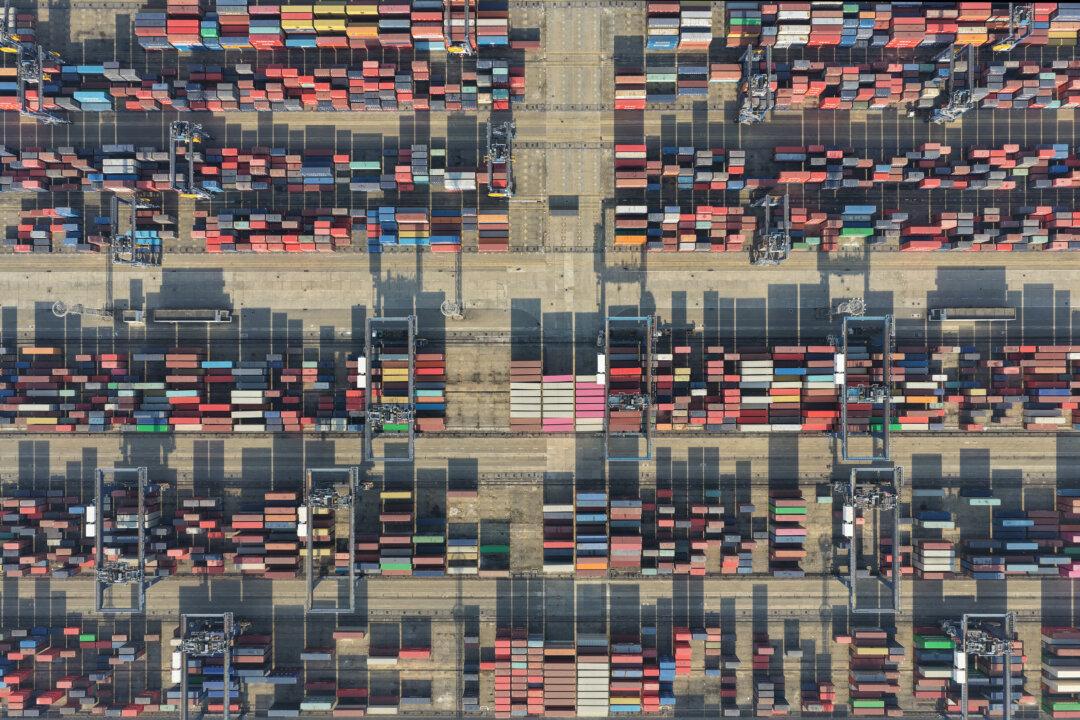Ahead of the closely watched 20th National People’s Congress of the Chinese Communist Party (CCP), beginning on Oct. 16, cities across China have ratcheted up COVID-19 curb measures.
As of Oct. 10, at least 36 Chinese cities have been placed under some level of restriction or lockdown, affecting some 196.9 million people, up from the previous week’s 179.7 million, according to an estimate by Japanese bank Nomura.




